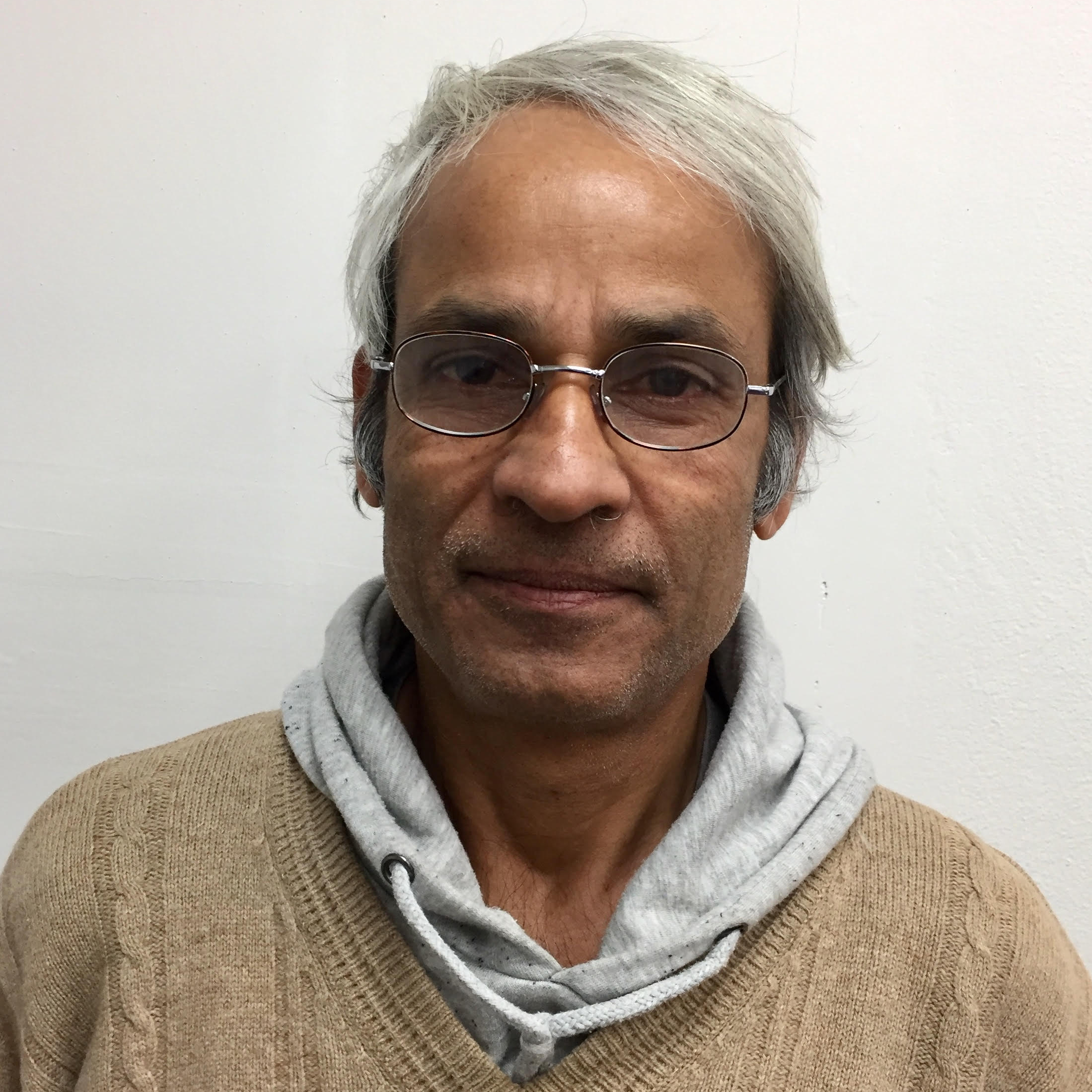Opinion
Addressing the drain
Nepal has much to gain from the skills and knowledge of students who have studied in Australia
Jagannath Adhikari
Australia has emerged as one of the most popular destinations for Nepali students. Data from the Department of Education, Government of Australia, reveals that 19,684 Nepali students had studied in Australia in 2015, which increased to 22,677 in 2016, and to 35,217 in 2017. As of November 2018, 46,785 Nepali students were studying in Australia.
I have personally witnessed this growth. When I was living in Sydney between 2017 and 2018, the increased inflow of Nepali students was unmissable. I encountered many students in late-leaving or early morning trains—their exhausted facial expressions bore signs of their struggles of working at odd hours to supplement their admission fees. I also frequently overheard their conversations about workloads, financial problems and relational issues.
The above statistics and observations clearly indicate that the Nepali student population in Australia is amassing rapidly. The Sydney Morning Herald, in a March 2018 article highlighted that ‘Nepal overtook Brazil as the third-largest source of applicants, rising by 46 per cent to nearly 12,000 prospective students’ (between July to December in 2017 as compared to the same period in 2016).’ The article further highlights that over the past ten years, ‘Nepal has grown exponentially as a source of international students, initially spurred by the decade-long Maoist insurgency and subsequent word of mouth’. As a network has been established with this migration, many young students now know about the educational opportunities in Australia and the process involved in gaining enrolment and admission at the leading educational institutions. This established network further encourages the migration process. Despite this, it is rather disappointing to hear that students often get cheated in their pursuit to study in Australia by ‘education agents’ who guarantee plenty of priced-packaged promises.
Research in Australia has shown that, despite the lure of an Australian job and pathway to permanent residency, many international students want to go home after their studies. This is more so for the students from countries like China and India, countries that contribute more to the international student population. Students from China and India feel that they have good opportunities in their own countries to use their newly acquired skills. In Nepal’s case, students still lack confidence in the prospects of gaining employment opportunities in Nepal. This lack of future prospects in their home countries has encouraged some students to stay on. As Australia provides two years of working visa after the completion of undergraduate study, this helps students to earn some income and ensures a time-gap for planning their futures. Certainly, some students take this opportunity as a pathway for permanent stay. In fact, these provisions have lured many to come here. But now, the Australian government is following more stringent rules for permanent settlement. Many Nepali students, who do not have professional education from leading universities and have limited competency in English, struggle to stay on after their temporary working visa expires. Students who come here with an aim of staying on often abandon their creative pursuits and interests for subjects that have a higher legitimacy in the employment market. They choose subjects from the practical point of view like getting a job or becoming a permanent resident (PR). Until few years ago, many students studied subjects like hair cutting and cookery because these skills were largely considered for PR. A large majority now study ‘accountancy’, ‘nursing’ and ‘social work’ even though it may not reflect their primary interests. It is not that these subjects are not important, but it is vital to encourage students to pursue degrees of interest and not only topics that guarantee them residency. The situation raises the question: Would students come to Australia if there were reasonable educational institutions in Nepal? This is a difficult question to answer. But, for effective higher education policy in Nepal, this question needs to be answered as there is huge government investment in education—especially in the private sector. I think many students will not hesitate to pay higher tuition fees if they are convinced that the educational opportunities are up to standard in Nepal.
The rising numbers of foreign-going students should not be dismissed at face-value. As Nepal continues discussing its educational trajectory, educational planners in Nepal should be compelled to understand why so many students migrate for education. In the last five years, the number of students requesting ‘no objection letters’ has grown eight-fold. From the seventeen-month period between June 2017 to November 2018, 54,800 students applied for ‘No objection letters’. With these estimates, it is safe to say that around 200 students go abroad for study every day.
I am shrouded in pity when I see hoards of young Nepali students struggling in Sydney. I also do not blame them for their decision to endure hardships to come here. The reason for their plight mainly lies with the political class and elites who have done little to foster a promising educational sector that would encourage more students to stay in Nepal for studies.
Nepal could gain a considerable amount from the skills and knowledge of students who have studied in Australia. Perhaps, the second-generation of the Australia-based Nepali diaspora could contribute to Nepal by confronting the ever-increasing brain drain caused by their decision not to return. Otherwise, as long as private and public institutions back home do not meet their standards, they will continue to head south.
Adhikari taught at the University of New South Wales, Sydney, Australia in 2018.




 11.12°C Kathmandu
11.12°C Kathmandu









%20(1).jpg&w=300&height=200)

